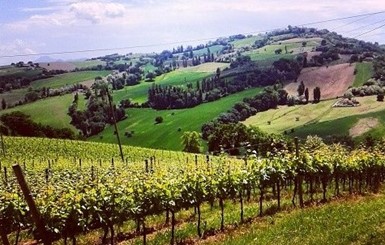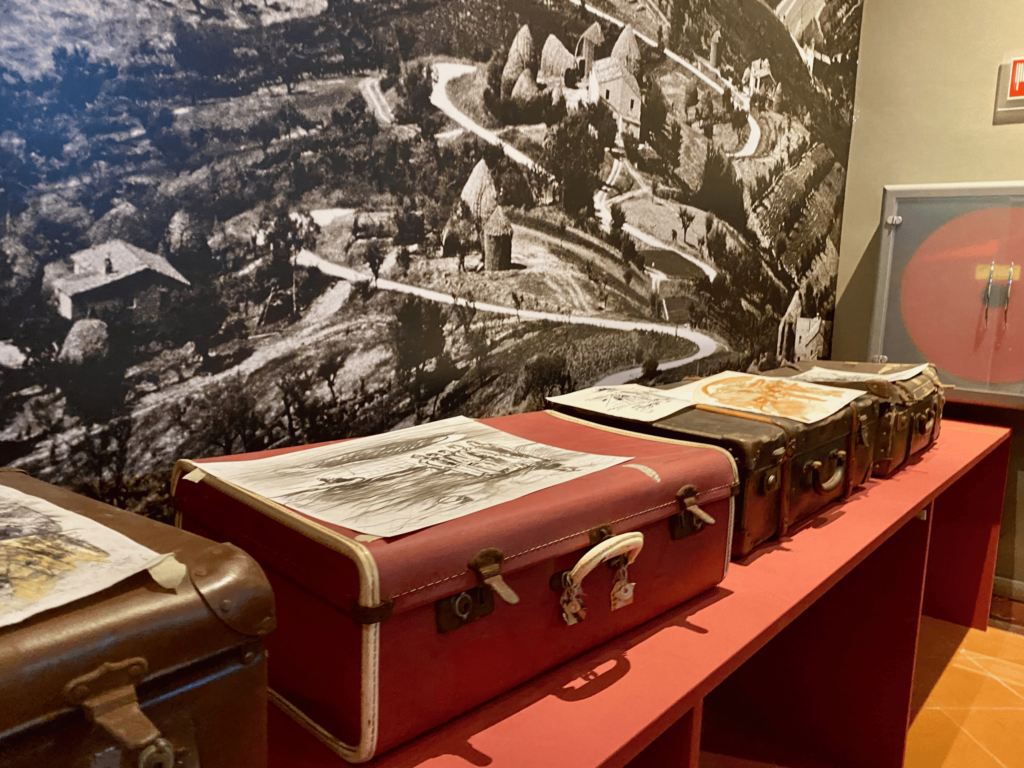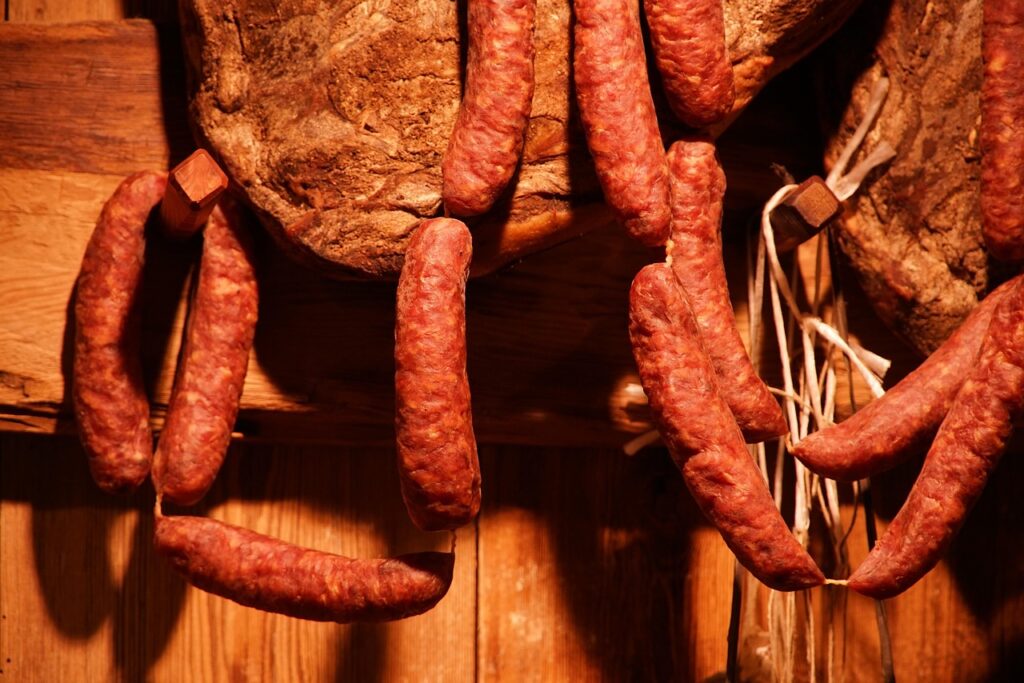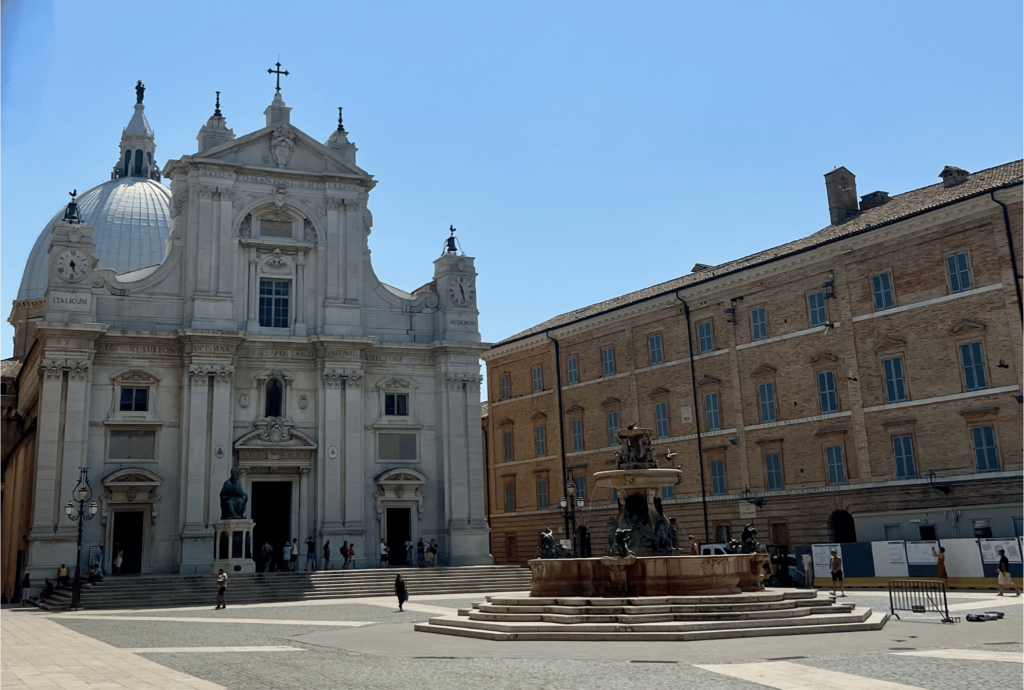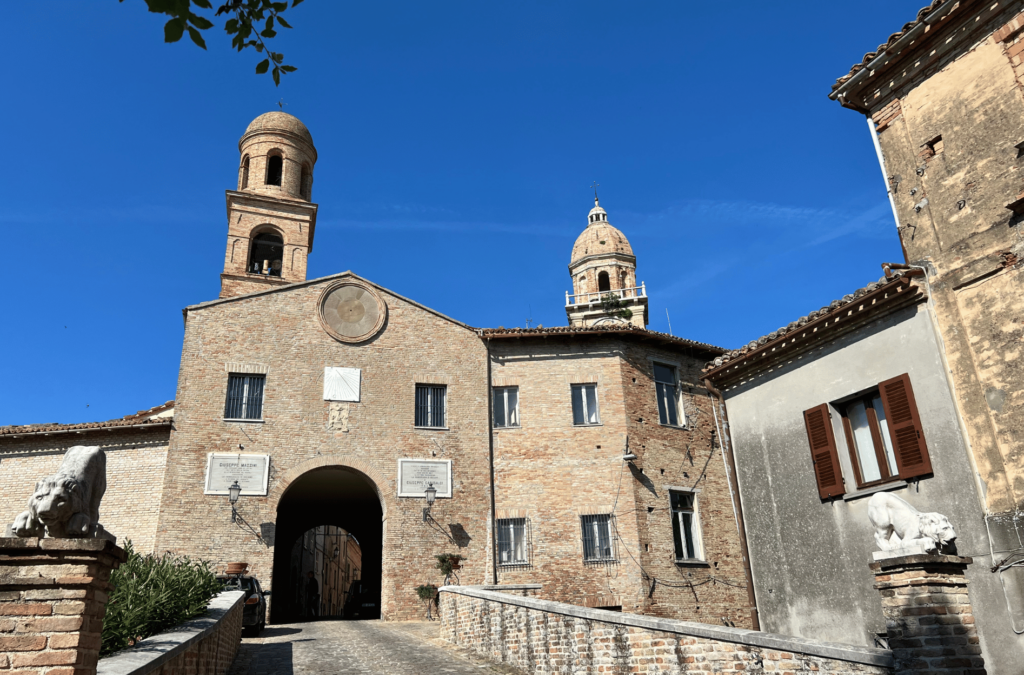The good news continues for Marche wine, not only because of exports , which have reached record figures, but because the Winery of the Year for Gambero Rosso’s 2024 Italian Wine Guide is located in Osimo, in the province of Ancona, where an effective generational transition has allowed the company management to develop constantly, investing in quality and quantity.
Today, the USA, Canada, Scandinavia, Germany, the UK and Japan are among the main foreign markets. But with exports recording an annual growth now close to 25% since Covid, even less explored borders such as Brazil, where many companies in the Marche region are growing, are increasingly strengthened.
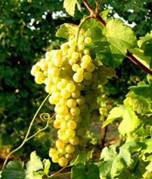
We have no doubt that whatever your country of residence, you will be able to find a few bottles of Marche on the shelves or restaurants in your city. Have you ever tried it?
With its important wines and 40% of the vineyards certified organic, Le Marche not only sells “outside” but is now one of the most sought-after destinations for those who are passionate about food and wine and can offer a lot to you too, if you let yourself be guided by us.
You will get to know the quality of its products up close, but above all the strong and authentic bond with the territory. Unique terroirs, skilful production techniques, hidden knowledge, soils so different from each other (we will touch the clayey one of the hinterland, different from the limestone along the coast) yet always generative.
There are numerous areas suited for a production of excellence: from Verdicchio dei Castelli di Jesi to Verdicchio di Matelica, from Rosso Conero to Rosso Piceno, passing through Vernaccia di Serrapetrona, Bianchello del Metauro, the Colli Maceratesi, the Colli Pesaresi, the Terreni di San Severino, up to Morro d’Alba, with its Lacrima, the production areas of Pergola and the wonderful villages of San Ginesio, Tolentino, Offida.
Marche wine: the specialties with the most original characters
The winemaking tradition of the Marche is pre-Roman and already practiced by the Greeks and the specialties, with the most original and courageous characters, are two:
- Verdicchio, the best-known native vine of the Marche region, an icon of a territory and the spearhead of exports: both in its young and fresh version and in the longer-lived and full-bodied one, it proves to be much more than a “simple white wine”, with organoleptic characteristics capable of attracting even lovers of red wines. Also to be tasted in its experimentation as a sparkling wine and in the passito version. The rich offer of fish, caught with a short supply chain directly in the Adriatic Sea, make this wine an excellent and versatile combination for local cuisine. Around Jesi, the land of this white berry, there are a myriad of charming villages to get to know, ancient churches, abbeys and of course many wineries, each with its own personality.
- Vernaccia di Serrapetrona: among the smallest DOCs in Italy, the surprise of an excellent natural red sparkling wine, derived from grapes dried on racks before being pressed and very limited production: a territory of just 45 hectares, a hidden jewel. Its production area is in the province of Macerata, one of the areas with the greatest emigration flow in the Marche region and here, between one sip and another, especially during the harvest period (September) we will make you appreciate that sentimental hospitality spread towards the Italian descendants.
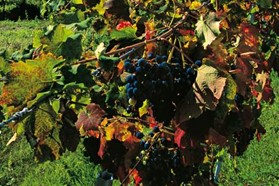
Among the four hundred museums active in the Marche region, we could not miss those dedicated to wine, an authentic cultural product: in it we find both the roots of a peasant civilization that has contributed over the centuries to preserving the territory, and the work of the present generations who courageously turn to different markets.
Luigi Bartolini, a writer from the Marche region who lived between the nineteenth and twentieth centuries, while more than 700 thousand inhabitants left this land and others invested in it, wrote: “If the people of the Marche were organized and if they regulated the cultivation of vines, if they cultivated renowned grapes, here our soil would appear the most propitious to Bacchus… “, it seems that the poet’s advice was followed to the letter: 26 denominations (7 Docg, 12 Doc, 7 Dop), all to be tasted!
What are you waiting for?
